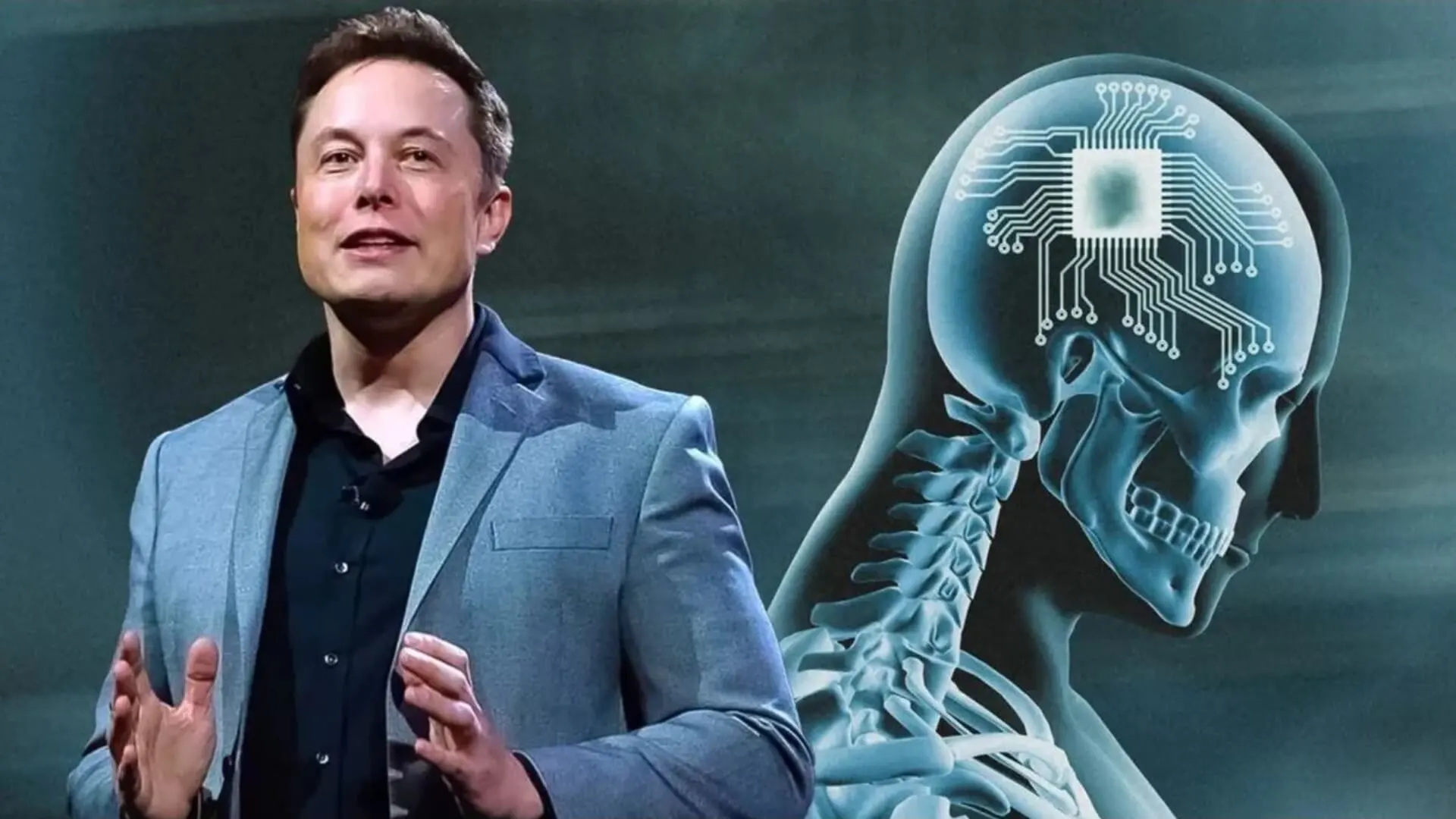In recent years, the concept of AI-augmented humans has transitioned from science fiction to a tangible reality, thanks to the ambitious endeavors of companies like Neuralink. Founded by Elon Musk, Neuralink is at the forefront of developing implantable brain-computer interfaces (BCIs) with the aim of creating a symbiotic relationship between humans and artificial intelligence. This article delves into the details of Neuralink’s revolutionary technology, its potential impact on human augmentation, and the broader implications for society.

Content
The Prime Study: A Glimpse into the Future
Neuralink’s upcoming human trial, known as “the Prime Study,” represents a pivotal moment in the company’s journey. This initiative aims to demonstrate the viability of BCIs in enhancing human cognitive abilities and addressing neurological disorders. By providing a comprehensive overview of the Prime Study, this article sheds light on the potential implications of this groundbreaking research.
Challenges and Controversies
While the prospect of AI-augmented humans holds immense promise, it is not without its challenges and controversies. From ethical considerations to technical hurdles, Neuralink’s ambitions have sparked various debates. This section explores the key challenges and controversies surrounding the development of BCIs and the integration of AI with the human brain, offering a balanced perspective on the potential risks and benefits.
Market Implications and Future Prospects
The emergence of Neuralink and its pursuit of AI-augmented humans have significant implications for the broader market and the future of neurotechnology. By analyzing the market prospects and potential applications of BCIs, this article provides insights into the evolving landscape of human augmentation and the role of AI in shaping the future of humanity.
In conclusion, Neuralink’s Brain-Computer Interface Ambitions represent a significant step towards realizing Elon Musk’s vision for AI-augmented humans. By bridging the gap between human cognition and artificial intelligence, this technology has the potential to reshape the future of humanity, albeit with a myriad of considerations and implications.
AI-Augmented Humans
The concept of AI-augmented humans, as envisioned by Elon Musk and pursued through Neuralink’s brain-computer interface technology, represents a transformative integration of artificial intelligence with the human brain. This paradigm-shifting endeavor holds the promise of enhancing human cognitive abilities and addressing neurological disorders, while also giving rise to profound ethical, societal, and market implications.
FAQs
What are the potential ethical implications of AI-augmented humans through Neuralink’s technology?
The integration of AI with the human brain raises complex ethical concerns related to privacy, consent, and the potential for unequal access to augmentation technologies. As Neuralink’s BCIs move closer to reality, it becomes crucial to address these ethical implications proactively.
How does Neuralink’s vision for AI-augmented humans align with the broader development of neurotechnology?
Neuralink’s pursuit of AI-augmented humans is part of a larger trend in the field of neurotechnology, where various companies and researchers are exploring the potential of brain-computer interfaces and cognitive enhancement. Understanding the interconnected nature of these developments is essential for assessing the implications of AI-augmented humans.

Aaron is an expert in all things technology. He enjoys writing blogs about how to use the latest software and hardware on the market, while also providing advice for using existing technology more effectively. His favorite pastimes include reading comic books and playing video games.







